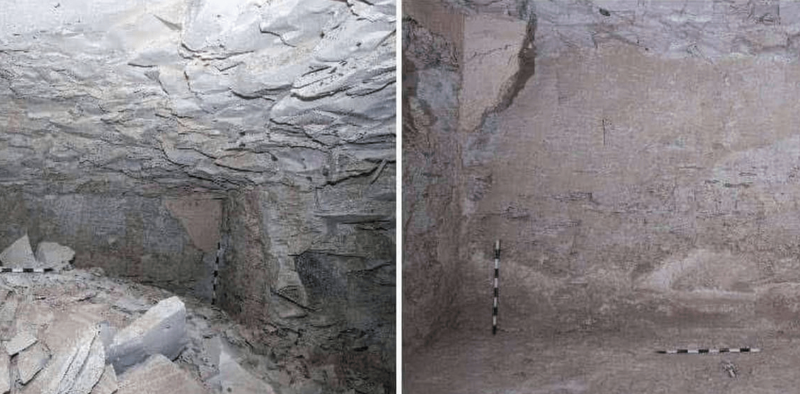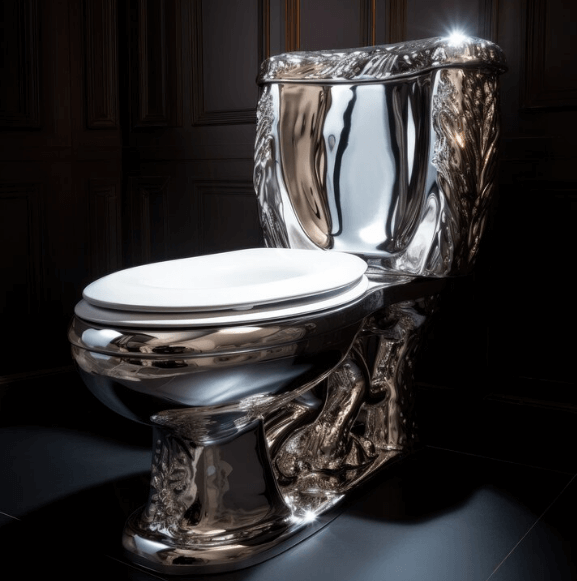In a dramatic discovery, archaeologists have unearthed the forgotten tomb of Pharaoh Thutmose II in a valley west of Luxor in Egypt. The Egyptian Ministry of Antiquities announced it as the first excavation of a royal tomb of such scale since King Tutankhamun’s burial chamber was uncovered in 1922.
Thutmose II, who ruled Egypt around 1480 B.C., was a significant figure in the 18th Dynasty. His tomb, referred to as the “last missing royal tomb” of that era, was identified through a joint effort between Egyptian and British researchers.

The excavation, which began in 2022, initially led archaeologists to believe the tomb belonged to a royal consort due to its location near the burial sites of queens, including Thutmose II’s wife, Hatshepsut.
A Discovery That Shakes Egyptian History
Despite earlier reports of royal tomb discoveries in other parts of Egypt—e.g., Tanis in 1940, and Abydos in 2014—experts believe that this latest discovery is especially significant considering its location in the Valley of the Kings. The discovery provides new information about Hatshepsut’s role in Egyptian history.
Experts believe that she likely built tombs for her father and Thutmose II, whom she later reopened and reburied in a new tomb.
“This finding cements Hatshepsut’s place in the establishment of the Valley of the Kings,” said Josef Wegner, an Egyptologist at the University of Pennsylvania and co-leader of the 2014 excavation. “She ensured that the two most important men in her life were buried in a way that protected their memory.”
A Secret Tomb in a Surprising Location
What contributes to the interest of this discovery is that the tomb was located in a surprising place—under two waterfalls at the bottom of a slope. With the much wetter climate in the 15th century B.C., the site would have been flooded, ruining it and ruining its original contents.
However, archaeologists found substantial evidence in favor of the royal origin of the tomb, including shards of alabaster jars inscribed with the name of Thutmose II and remarkably preserved ceiling decorations in blue and yellow star motifs. In addition, inscriptions of Hatshepsut and fragments of the Amduat, an ancient Egyptian funerary text, were found.
Uncovering the Tomb’s Secrets
Unlike King Tut’s tomb, which was famously packed with treasures, Thutmose II’s burial chamber had been largely emptied, likely due to looting and natural disasters. Experts believe that the tomb’s artifacts were relocated in ancient times, possibly to protect them from damage.
Even without the lost relics, Egyptologists are referring to this discovery as one of the most significant in decades. “A ‘new’ tomb always sheds new light on Egyptian history,” said Harvard Egyptology professor Peter Der Manuelian. “Thutmose II reigned during one of the most fascinating periods of ancient Egypt, and this discovery will enable us to know more about his reign and his relationship with Hatshepsut.”
As digs persist, archaeologists anticipate finding additional information regarding the life, rule, and entombment of Thutmose II. Not only does this find complete an important gap in Egypt’s line of kings but also enhances our knowledge of the influential leaders of the 18th Dynasty.







Leave a Reply